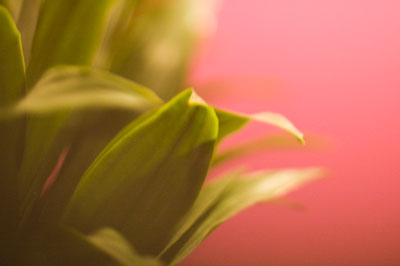
I just found about freelensing and can’t wait to try it tomorrow during the day. This is the definition of freelensing according to Luke Roberts:
Photos taken with the lens detached from the camera but held in place and moved around to focus. This also lets extra light in sometimes causing light leaks and giving a vintage look and feel.
Also:
* Gives extra bokeh by shrinking the area in focus (aperture is 0)
* Allows for super macro shots
* Delicious light leaks
* Tilt-shift effects
For some cool freelensing samples (better than mine above) click [Here], [Here] and [Here]
Update: Here are some more free lensing shots I took which turned out much nicer. In all the shots except for the last, I had the lens flipped backwards.
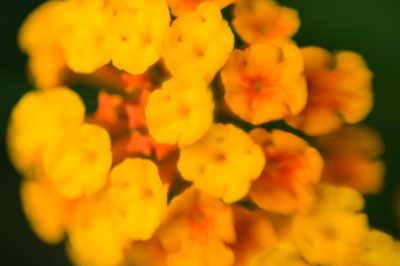
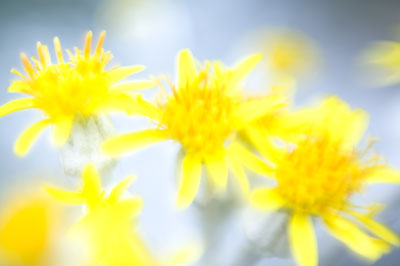
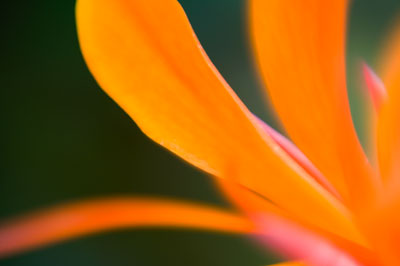
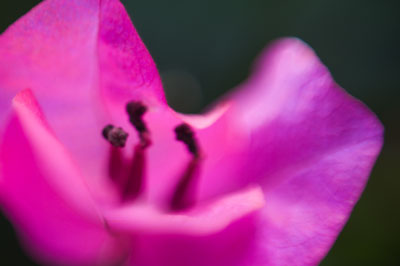

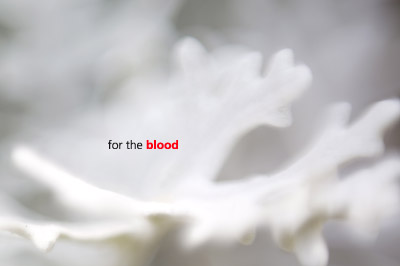
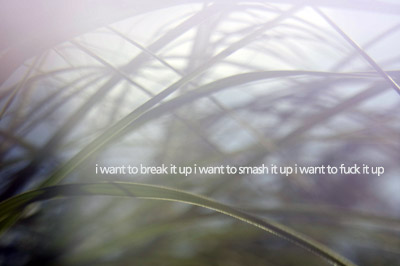

26 replies on “Freelensing”
i know nothing about lens
but i know that the photo is just perfect
Sorry Mark, but they look shit.
Interesting, don’t think I can do something like that!
I don’t see why you have to detach the lens and go through all that trouble when you can easily get the desired effects you mentioned above with a wide aperture lens.
toni, how bout freelensing while freebasing ? 😛
but seriously light leaks look pretty good in the shots, and Mark… “aperture”
This is the stupidest idea I ever saw
I think this will attract lots of dust to your DSLR sensor!
TheGirlWithKaleidoscopeEyes: Actually thats not true. The widest aperture lens you can get is probably around f/1.0 and costs around KD2,000. With freelensing we are talking about an effect as if you were using an aperture of f/0.0.
Nice idea… but I think controlling through the aperture achieves the same as mentioned in comment 4.
Bu Yousef we both posted at the same time so you missed what I just wrote. Basically there is no way to achieve an aperture of 0 with a lens.
Ah…
I will try it out some time.
Well keep in mind shooting with the lens detached from your camera might result in dust getting in so you need to keep a blower hand just in case that happens. I am freelensing with my Nikon D70 but don’t think I would freelens with my D90.
Dude just give it up. You will never be a real artist like Anwar.
LOL. I just thought that you’ll experimenting freelens with your D90 *phew*
freeeeeeeeeeeee baaaaaallin’
Or maybe the only reason you got zero aperture is because the lens wasn’t attached to the camera and that’s why the Exif data reads f/0.0!
See this photo’s EXIF data for example https://www.flickr.com/photos/gentlepurespace/3331254779/meta/
I know, because there is no lens in front of the camera u get an aperture reading of 0 in the EXIF.
Enzain khalna min hatha, how come it produce a so called “light leak” effect when you’re using a digital camera with a sensor w no film inside? Last time I checked light leak meant the over exposed areas from some unwanted light leaking through the cameras body and spoiling some parts of the film.
The light leaks in freelensing occur because light is coming in from the small gap between the lens and the camera.
fuck. I want to try this out so bad, but I only have my D70 and I really don’t want dust getting into it… sucks…
so you just buy the lens and focus on whatever you want!;p i ALWAYS wanted to do that!;D
who say’s that it’s f0?it indicates f0 on the camera coz it’s not sensing any lens attached.
the aperture is still the widest you own lens can give you, like 1.4, for example
the term aperture relates to the size of the size of the circle created by the lenses aperture blades in relation to the focal length, freelensing normally with the lens will not change the focal length, and will not change the f number. the extra bokeh is caused by the focal plane shifting, or more precisely, by using selective focus which is actually a different effect. the widest aperture a lens can have is not like f1, its like f0.7
“Stanley Kubrick’s film Barry Lyndon has scenes with the largest relative aperture in film history: f/0.7.”
bak: i agree, thats what I was trying to explain above.
2:54AM 48 Seconds. Thats when i read about freelensing and unable to wait myself tried . Its frigging Amazing!